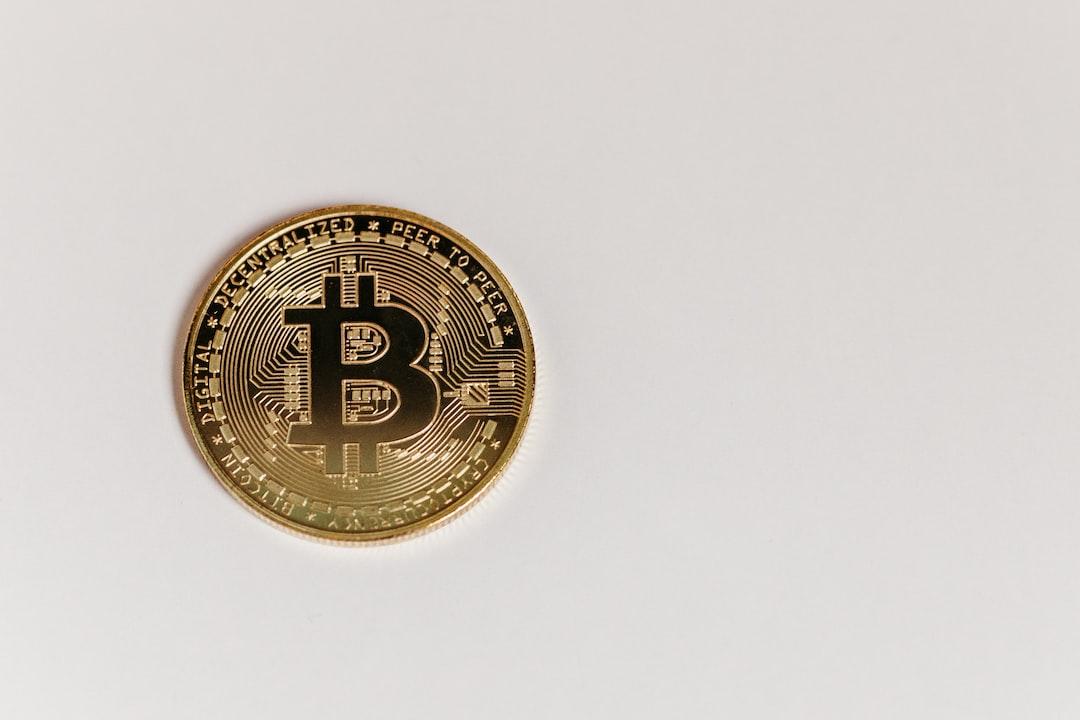The narrative surrounding non-fungible tokens (NFTs) is evolving. After a period of rapid growth followed by a decline in trading volumes, some in the crypto community question the ongoing viability of digital collectibles.
Despite some declaring the end of NFTs, industry insiders disagree. Experts in the Web3 space argue that the market is not dying but maturing. As the initial hype subsides, NFTs are finding practical and sustainable applications.
Cointelegraph interviewed professionals in blockchain to gauge their views on the current state of NFTs.
Anoir Houmou, founder and CEO of the Sui-backed video engagement platform RECRD, dismisses claims that NFTs are dead as an oversimplification. He views this as part of the correction cycle typical for emerging technologies. Houmou noted:
“The emergence of new SocialFi and GameFi platforms indicates progress in this direction. We anticipate increased institutional investment as NFTs align more closely with specific purposes.”
Yale ReiSoleil, CEO and co-founder of NFT trading platform Untrading, sees the current decline in NFT volumes as a natural market adjustment rather than a sign of their demise. ReiSoleil explained:
“As with any cycle, peaks and troughs are normal. The tokenization of real-world assets within the NFT space is demonstrating healthy growth, with recent Bitcoin-based NFT sales reaching $148 million, affirming strong market sentiment.”
Oh Thongsrinoon, Chief Marketing Officer at Altava Group, which connects luxury brands to Web3, echoes these sentiments. He emphasized:
“Real-world asset tokenization and proof of ownership are among the most compelling use cases for NFTs. Whether it’s real estate or government bonds, the immutable nature of NFT technology provides transparency and security.”
Toshiuki Otsuka, founder of the snap-to-earn platform SNPIT, firmly rejects the idea that NFTs are obsolete. Otsuka believes in the vast potential of NFT technology across industries:
“As NFT technology matures, we anticipate innovative applications that will drive broader adoption and utility.”
Houmou adds that NFTs have moved beyond their initial stages and developers are exploring more creative applications:
“NFTs are evolving beyond digital collectibles, transforming industries such as the $250 billion creator economy by offering transparency, security, and new revenue models.”
Thongsrinoon agrees, highlighting the enduring value of real-world asset tokenization and proof of ownership:
“Whether it’s real estate or government bonds, NFT technology’s smart contract capabilities offer immutable solutions that enhance trust and tangibility.”
In summary, while NFTs have experienced fluctuations, industry leaders remain optimistic about their future applications and market relevance.

